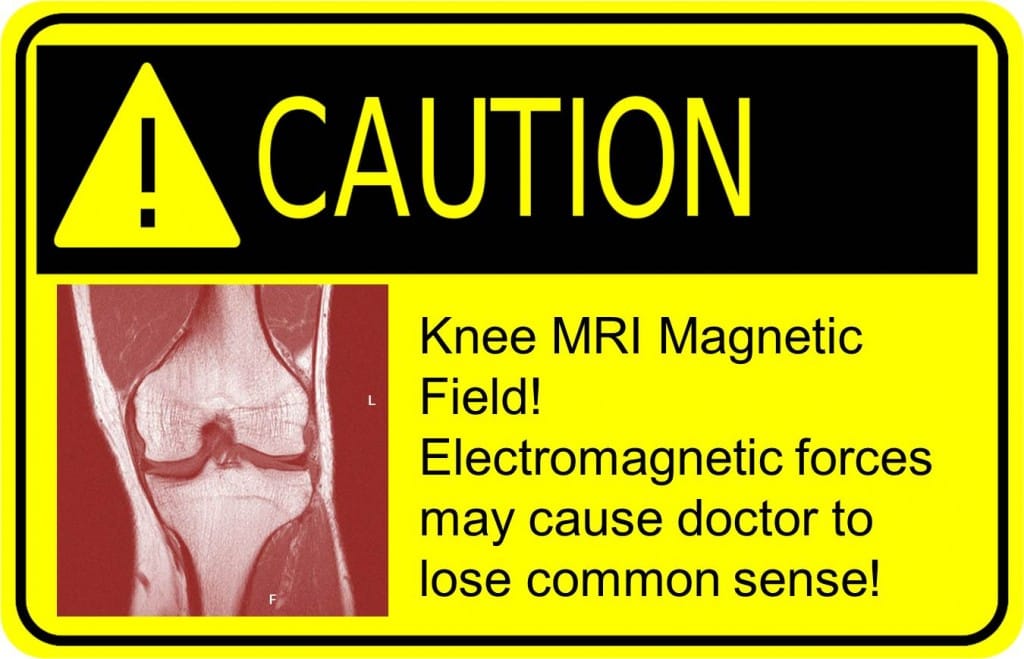MRI of the Knee in Soccer Players-Interpret with Caution!
MRI of the knee has become standard of care. Most patients believe that everything found there: a meniscus tear, a small hole or tear in the cartilage, swelling in the bone, is always abnormal and indicates an an immediate need for knee surgery. Not so fast, says a recent study of adolescent soccer players and knee MRI. This study looked at knee MRI’s of soccer players who had no pain versus kids the same age also without pain. A striking 64% of the soccer players had one or more MRI abnormalities despite no known knee problems, while a whopping 32% of the kids their age who weren’t active playing soccer had knee MRI findings! The most common finding in the soccer players was swelling in the bone, which makes sense as this type of marrow edema is seen as a reaction to normal forces in the knee. Most people think of bone as inanimate cement, but it’s living tissue with stem cells that react to forces placed on it by shoring up this area or throwing extra bone here or there (hence the bone swelling seen on the knee MRI’s). As I have said before, knee MRI findings are common in many normal knees and things like meniscus tears always need to be taken with a grain of salt. This means that a hands on physical exam and history has to be combined with knee MRI findings to give them any meaning. Regrettably, this takes more than a few minutes of the doctor’s time, so if that’s all you’re getting and the focus is on the knee MRI more than the hands on patient exam of the knee, you may consider going elsewhere, as the medical research continues to show that a knee MRI by itself, doesn’t mean all that much.

NOTE: This blog post provides general information to help the reader better understand regenerative medicine, musculoskeletal health, and related subjects. All content provided in this blog, website, or any linked materials, including text, graphics, images, patient profiles, outcomes, and information, are not intended and should not be considered or used as a substitute for medical advice, diagnosis, or treatment. Please always consult with a professional and certified healthcare provider to discuss if a treatment is right for you.

